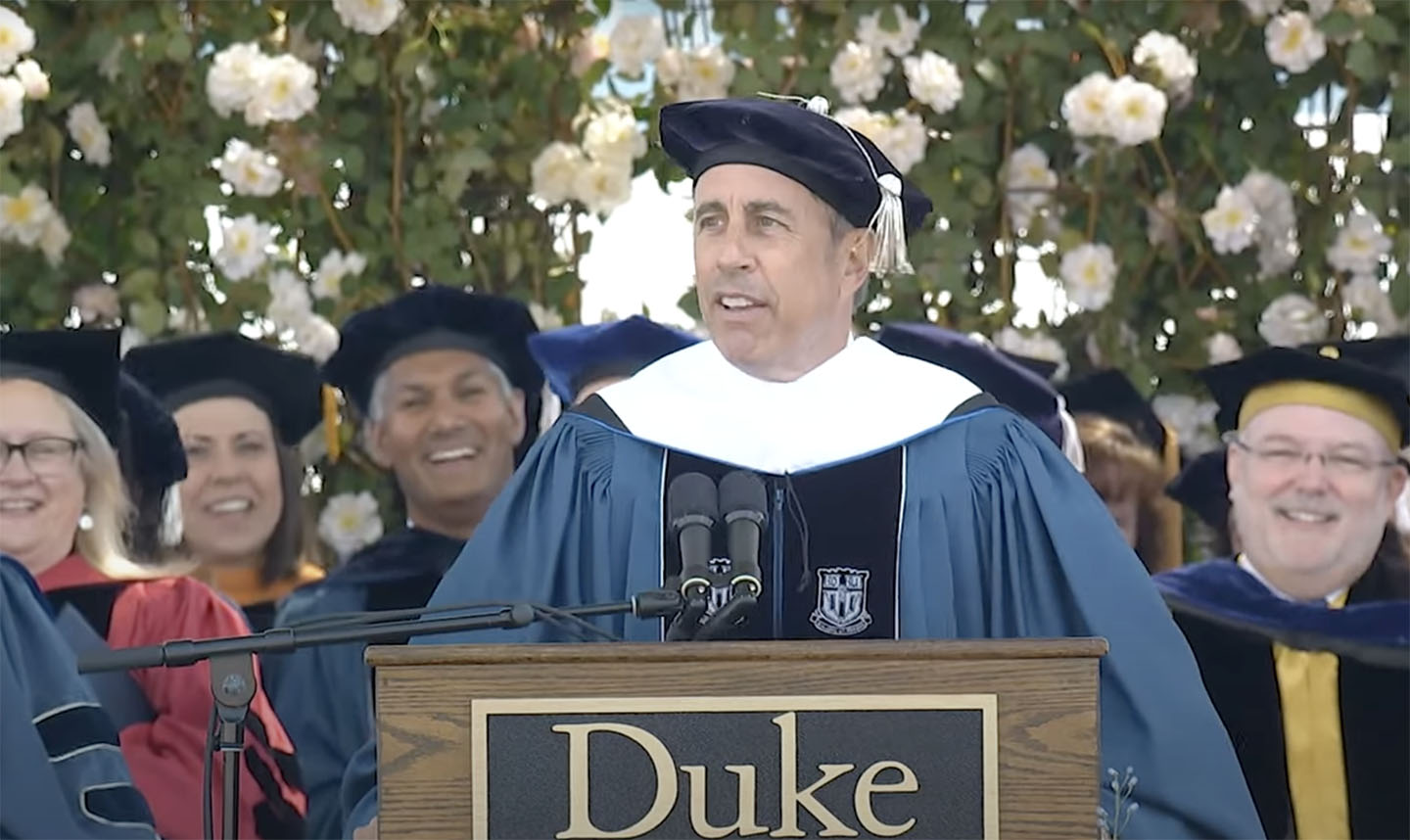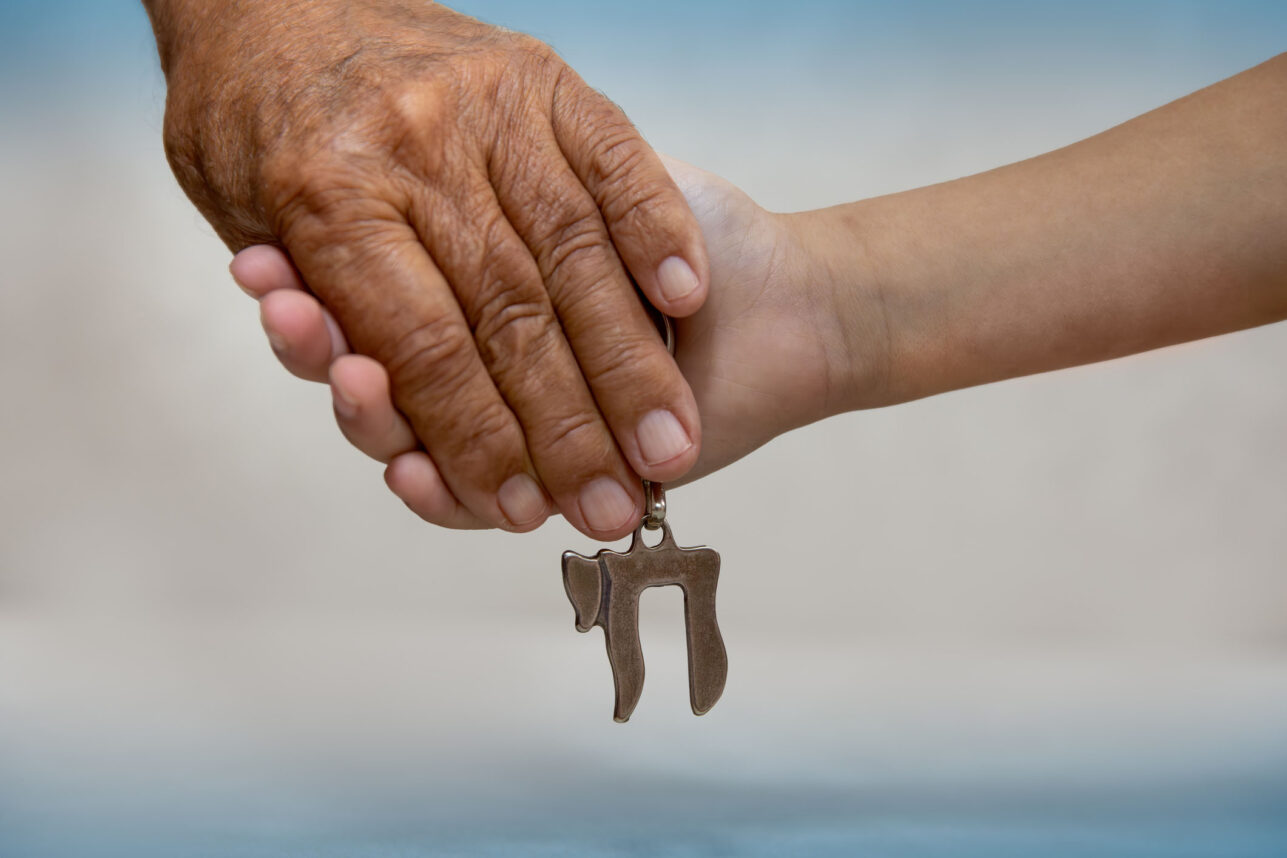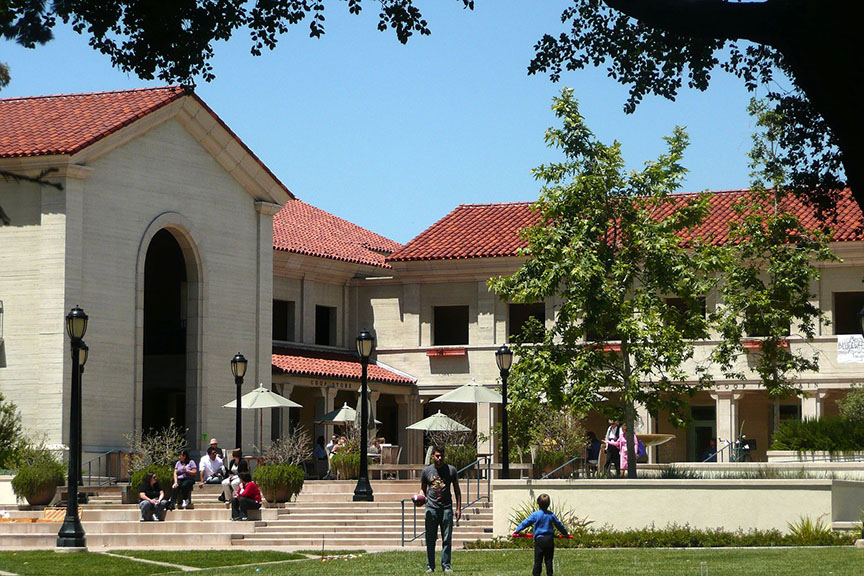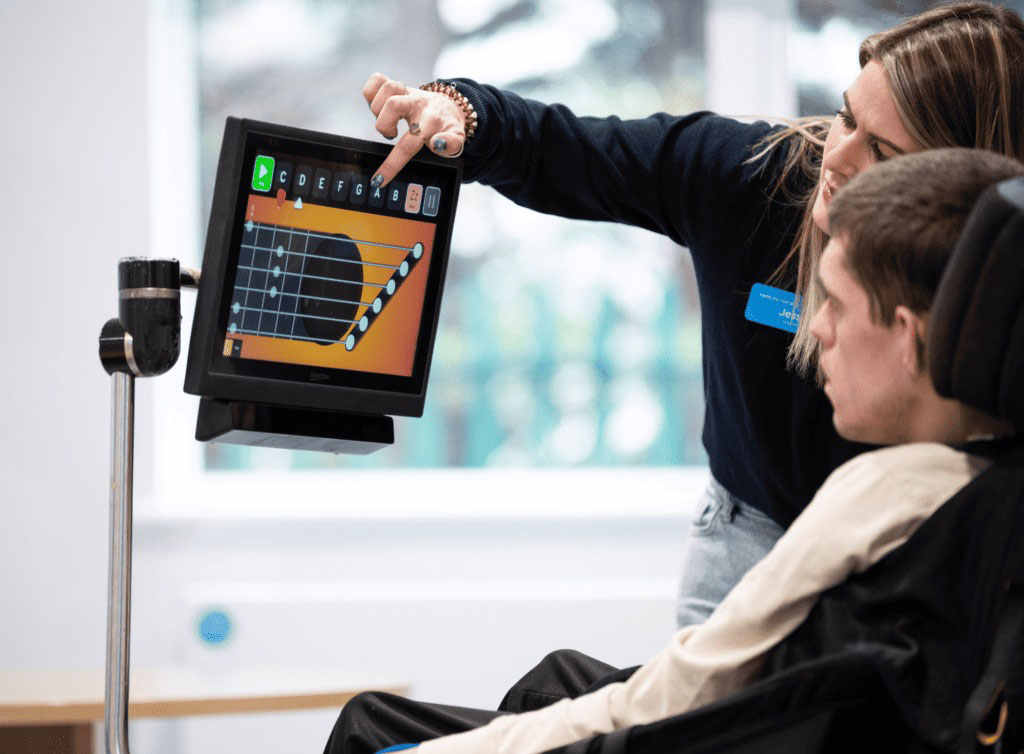When it comes to the health of boomers — those born between 1946 and 1964 — there’s both bad news and good. The bad news is that, try as we might, this generation cannot stop the march of time and will increasingly face chronic medical issues that tend to develop with age, including heart disease, cancer and diabetes.
The good news is twofold: Research demonstrates that boomers can significantly lower the risk of developing many of these health conditions by eating healthfully, staying physically active and avoiding tobacco.
It also helps that scientists are pursuing a vast array of efforts to combat or treat these conditions. Here is a sampling of encouraging developments locally and in Israel that should give hope to boomers.
Heart disease
Heart disease risk increases significantly for those 45 and older, and it’s the leading cause of death for adults older than 60. The heart cannot regrow tissue damaged by a heart attack, but researchers are exploring how to help damaged hearts regenerate tissue, as well as creating materials to enhance heart function.
At the Weizmann Institute of Science in Rehovot, Israel, Professor Eldad Tzahor and his colleagues were able to regenerate heart cells in mice by temporarily activating a protein involved in embryonic heart development. “Much more research will be required to see if this principle could be applied to the human heart,” Tzahor said in an Institute bulletin, “but our findings are proof that it may be possible.”
Dr. Ronen Beeri, director of Hadassah Medical Center’s Cardiovascular Research Center, is collaborating with colleagues at Mount Sinai Hospital in New York to use gene therapy to replace failing heart cells. They are using viruses to transport specific genetic material into the heart cell.
A “cyborg heart patch” combining living tissue with integrated electronics has been created by Tel Aviv University professor Tal Dvir and doctoral student Ron Feiner. The material can expand and contract like human heart tissue, while regulating itself like a machine. “We expect this to move cardiac research forward in a big way,” Dvir said in a news release. He believes the patch, along with sensors, could be used to send data about the heart to a physician or even eventually to administer treatment, for example, by releasing anti-inflammatory drugs if it senses inflammation.
Here in Los Angeles, researchers at the Cedars-Sinai Heart Institute have identified a possible way to address a common but difficult-to-treat type of heart failure that occurs when the heart muscle is so stiff that the heart cannot fill with blood. Laboratory rats with hypertension and this specific type of heart failure regained heart-pumping function after receiving infusions of cardiac stem cells.
Cancer
Cancer is the second-leading cause of death in the United States, and 86 percent of cases in this country are diagnosed among those 50 years and older. A developing approach in cancer treatment called immunotherapy harnesses the body’s own immune system to fight the disease.
At UCLA, investigators are testing an immunotherapy drug for advanced melanoma, the most aggressive and deadliest type of skin cancer. The drug “releases the brakes” on the body’s immune system, enabling it to recognize and attack cancer cells. UCLA is one of six national cancer centers comprising the Parker Institute for Cancer Immunotherapy, a collaboration launched this year to maximize the potential of cancer immunotherapy research.
Weizmann Institute professors Yoram Salomon and Avigdor Scherz have helped to pioneer a new therapy for treating early-stage prostate cancer that involves using a laser in combination with a new drug, called TOOKAD Soluble. Patients receive the drug intravenously, then immediately undergo infrared radiation administered via thin optic fibers inserted into the cancerous tissue. The 90-minute procedure allows for treating large, deeply embedded cancerous tissues, and the minimally invasive approach appears to decrease side effects.
At the Keck School of Medicine of USC, Dr. Gabriel Zada was among California’s earliest adopters and teachers of a new approach enabling the removal of deeply embedded (sub-cortical) brain tumors. The NICO BrainPath is a tool combining imaging and navigation technology with an instrument that’s about the width of a highlighter with a tip the diameter of a pencil tip. The instrument can gently spread brain tissue without damaging the cortex (gray matter) and brain fibers. “It’s a highly accurate way of finding and accessing deeper brain lesions while protecting all the important superficial layers,” Zada told the Journal. “Now we can get to tumors or blood clots in a safer way than we could before.”
Type 2 diabetes
Boomers will be happy to learn that researchers at Ben-Gurion University of the Negev in Beersheba report that having a daily glass of red wine helps people with Type 2 diabetes moderately reduce cholesterol and improve cardiac health. Individuals with diabetes are at higher risk of cardiovascular disease and have lower levels of “good cholesterol.” Professor Iris Shai was principal investigator of the two-year trial, which also involved Harvard University and two European institutions.

Students in Hebrew University’s BioDesign program paired pressure-sensing socks with smartphones to reduce foot ulcers in diabetic patients.
Another challenge facing many people with diabetes is foot ulcers attributed to nerve damage that diminishes sensation in the feet. Members of the BioDesign: Medical Innovation program, created by The Hebrew University of Jerusalem and Hadassah Medical Center, developed an innovative way to address this problem. Hebrew University’s Danny Bavli and doctoral student Sagi Frishman, along with Hadassah’s Dr. David Morgenstern created SenseGO pressure-sensing socks. The machine-washable socks register pressure and send signals to a smartphone app that can alert patients to problems, helping them to avoid developing foot wounds.
Depression
In the past year, an estimated 6.7 percent of the U.S. adult population — or about 1 in 15 — had at least one major depressive episode, according to the National Institute of Mental Health. Depression affects around 6 million Americans ages 65 or older.
At UCLA, researchers are looking to the brain’s electrical system to develop and fine-tune treatment for depression. They are using an approach called neuromodulation, applying magnetic or electrical energy to modify the brain’s signaling processes.
“Traditionally, we think of treating depression with chemicals that affect how individual nerve cells function,” Dr. Andrew Leuchter told the Journal. “The latest treatments … use a source of energy … to reset the mood regulating networks of the brain … and frequently restore normal moods in patients with depression.”
One form of this treatment, called transcranial magnetic stimulation (TMS), involves placing an electromagnet on the scalp to pulse the brain’s mood-regulating area with electromagnetic energy. Leuchter says that about 60 percent of patients who failed to respond to antidepressant medication received “substantial benefit” when combining medication with this noninvasive treatment.
Researchers at Hebrew University found that targeting a certain type of brain cell, called microglia, may provide a new avenue for treating depression. Comprising roughly 10 percent of brain cells, microglia carry out immune system functions in the brain. Professor Raz Yirmiya and his team, along with researchers at the University of Colorado, Boulder, found that microglia also cause symptoms of depression in response to stress. Blocking the stress-response activation of these cells in mice halted their symptoms of depression. The findings, Yirmiya said in a media release, “suggest new avenues for drug research, in which microglia stimulators could serve as fast-acting anti-depressants in some … conditions.”
Alzheimer’s disease
Of the estimated 5.4 million Americans who have Alzheimer’s disease, all but about 200,000 of them are age 65 and older. According to the Alzheimer’s Association, the number of seniors with Alzheimer’s is projected to reach 7.1 million by 2025, a 40 percent increase over this year’s figure.
By the time symptoms of Alzheimer’s appear, the patient may have been developing the disease for as long as two decades. At Cedars-Sinai, researchers are focusing on preventing the disease and detecting it early. The Cedars-Sinai Alzheimer’s Prevention Program includes an 18-month study looking at whether lifestyle changes can slow the buildup of amyloid plaque, the destructive brain plaque typical of Alzheimer’s, in patients with mild cognitive impairment or a family history of dementia. The program recommends lifestyle changes including eating a Mediterranean diet, exercising regularly, reducing stress and getting adequate sleep.
In addition, Cedars-Sinai researchers have developed optical imaging technology used in a device with potential to detect Alzheimer’s years before symptoms develop. The retinal imaging device detects amyloid plaques in the retina, which may precede the development of plaque in the brain.
Researchers at Tel Aviv University, the Technion-Israel Institute of Technology (Rambam Medical Center) and Harvard University are investigating the possibility of detecting Alzheimer’s via a blood test. They identified a specific protein found in high levels in individuals with cognitive decline. The next step will be to take these findings into clinical trials with the hope of eventually creating a “pre-Alzheimer’s test” to identify individuals who would benefit from early intervention measures.
Eye problems
The risk of severe eye problems increases significantly with age, especially in those older than 65. According to the American Foundation for the Blind, experts predict that rates of vision loss to double by 2030 because of the country’s aging population.
Hebrew University Professor Uri Banin and graduate student Nir Waiskopf have developed an artificial retina that absorbs light and stimulates neurons. It is hoped that the wireless implant might be used in the future to create a prosthetic device to replace damaged retinal cells in those who are blind.
Bar-Ilan University researchers also are working on a way to help the blind to “see.” Professor Zeev Zalevsky, along with Sheba Medical Center professor Michael Belkin, have developed a prototype contact lens that processes digital images and translates them into tactile sensations. The cornea can feel these sensations, helping wearers form a picture of their physical surroundings.
Also at Bar-Ilan, Dr. Yossi Mandel and researchers at Stanford University have developed a device that enables patients with glaucoma to monitor the fluid pressure inside their eyes using an implanted lens and a smartphone. The hope is that this technology will relieve the burden of visiting the ophthalmologist for frequent pressure tests, as well as provide a source of more frequent and reliable data.






















 More news and opinions than at a Shabbat dinner, right in your inbox.
More news and opinions than at a Shabbat dinner, right in your inbox.